This article contains spoilers for The CW’s Crisis on Infinite Earths and the 35-year-old DC Comics series of the same name.
“In the beginning, there was only one,” states the voiceover introduction to The CW’s Crisis on Infinite Earths. It continues, “Then the infinitude found release, and finally, the darkness broke, filling it with life.”
Crisis on Infinite Earths is an ambitious experiment for The CW’s superhero shows, all derived from classic DC properties. The shows have been crossing over for more than half a decade, since the relatively modest intersection of “Flash vs. Arrow” over two nights in 2014. As the roster of the shows within The CW’s remit has expanded, the scale of crossover has only grown.
However, the bulk of these crossovers exist to make the shared universe of these shows seem smaller and tighter. Even Supergirl, which technically existed in its own separate continuity for most of these crossovers, was always welcomed into the family. Indeed, the ending of the Crisis on Infinite Earths crossover leans heavily on consolidating Supergirl (which launched on CBS) into the CW-verse.
However, what truly distinguishes the television crossover Crisis on Infinite Earths is that it embraces the multiverse. The five-part event (which also crossed over into Black Lightning and a tie-in comic book) is an extended celebration of a vast array of diverse and often mutually exclusive interpretations of classic DC characters.
Crisis on Infinite Earths is not about producing a single and definitive approach or characterization of these iconic properties and familiar concepts. Instead, Crisis on Infinite Earths argues that the strength of these superheroes lies in the wide variety of ways that they can be interpreted and reinvented. There is no single “correct” or “valid” approach to these characters.
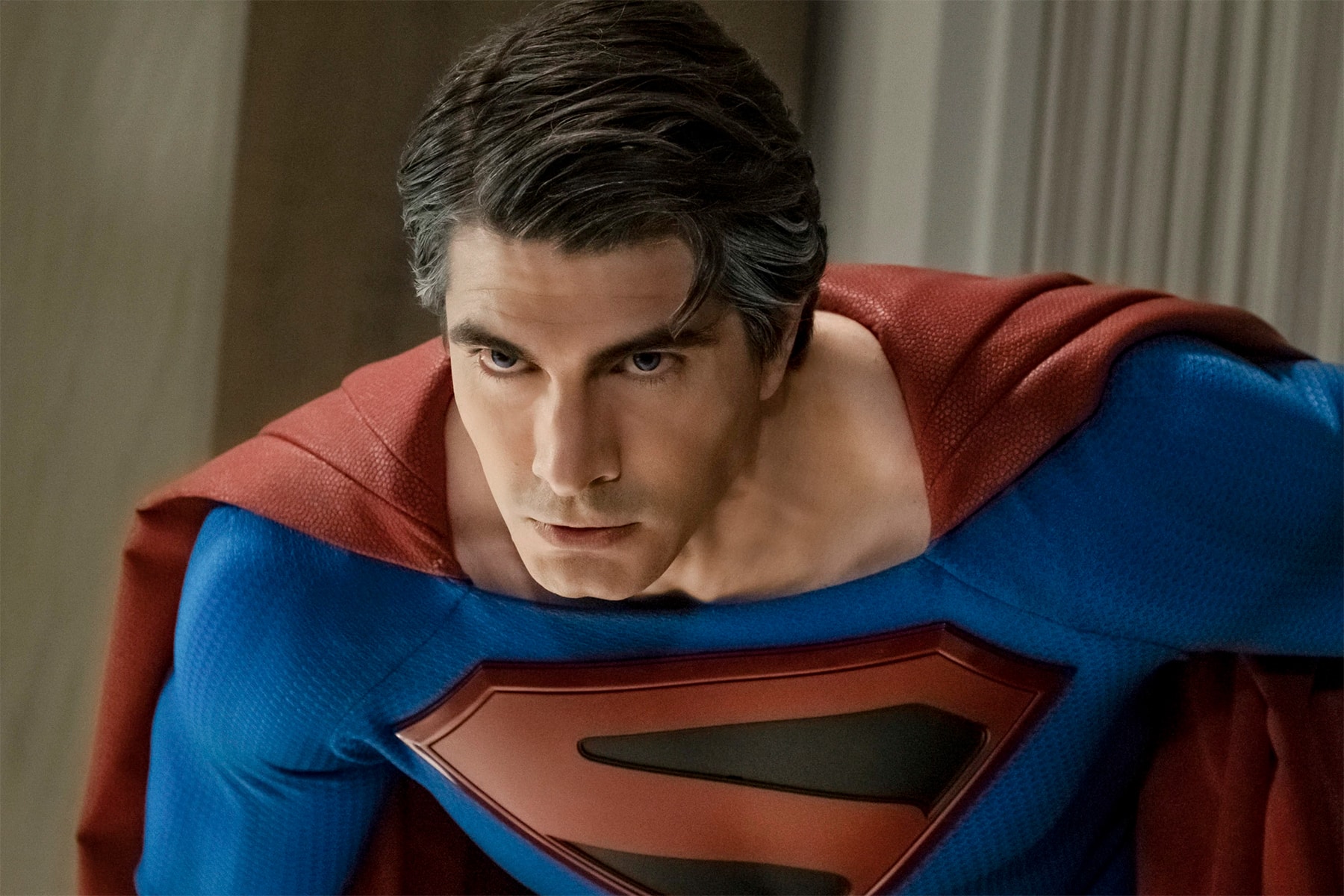
This provides a notable contrast with the comic book that lends its title to the crossover. Crisis on Infinite Earths was a miniseries published over 12 issues between April 1985 and March 1986. Written by Marv Wolfman and penciled by George Pérez, the comic book event was intended to streamline what was seen as an increasingly convoluted and complicated DC multiverse. For decades, the publisher had written out various continuity issues and contradictions by consigning them to alternate universes. The argument was that this was confusing and alienating readers.
The marketing copy promised, “Worlds will live, worlds will die, and nothing will ever be the same,” with particular emphasis on worlds will die. Ironically, given the composition of the CW-verse, two of the most emotional moments in the comic book crossover involved the deaths of Barry Allen and Kara Zor-El – the original Flash and original Supergirl.
Over the course of Crisis on Infinite Earths, entire continuities were erased, and the entire history of the DC multiverse was consolidated into a single streamlined timeline and universe, shared among all surviving characters.
Of course, this didn’t work. Continuity was too complicated for the writers and editors to boil it all down to one core world. Superman was no longer the first superhero in the fictional universe. Wonder Woman was not a founding member of the Justice League. The entire history of Hawkman became a gigantic mess. Characters had become needlessly constrained for the sake of preserving one canon.
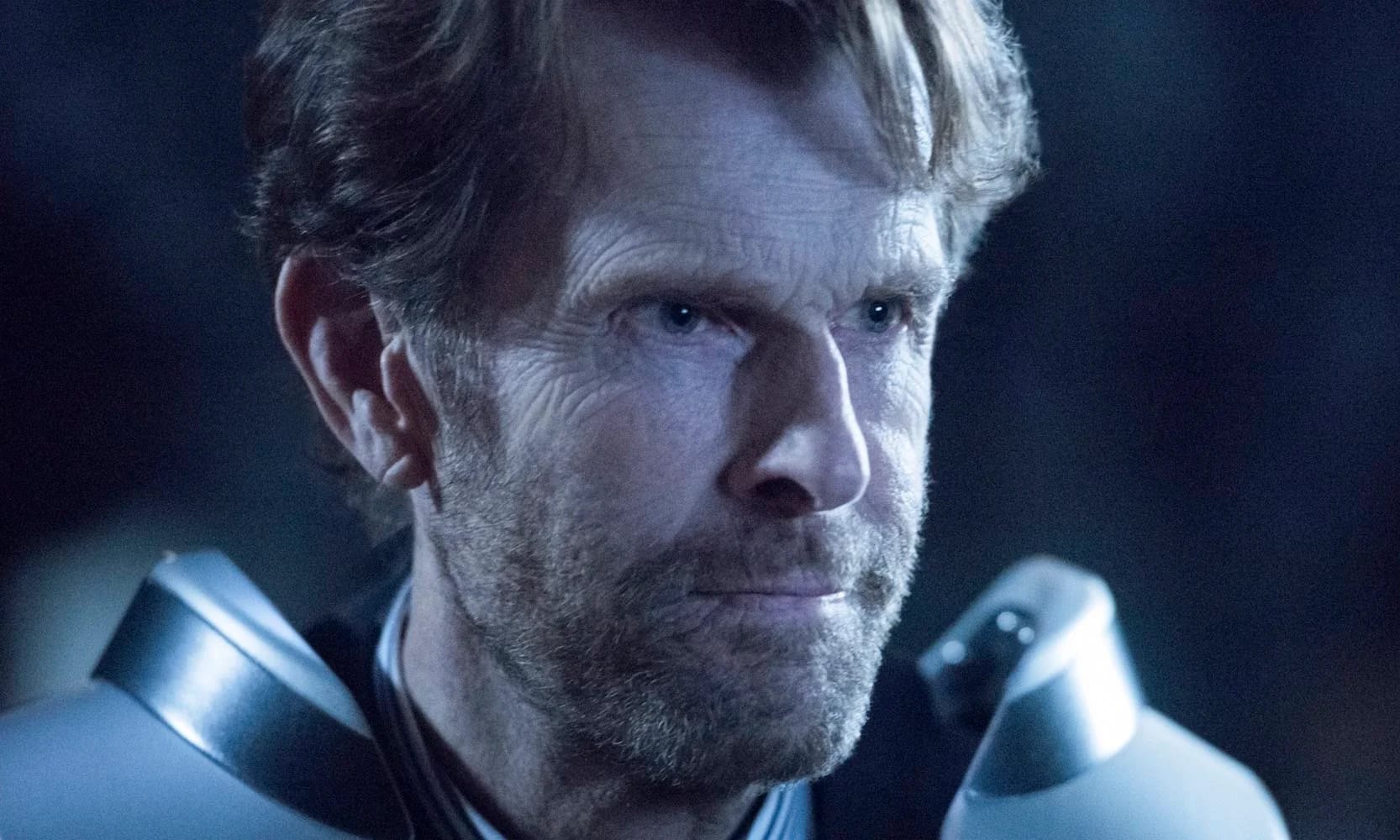
A lot of modern pop culture seems devoted to the idea of there being a single, definitive version of a given intellectual property – a platonic ideal that can be fashioned by reconciling all internal contradictions. Increasingly, this logic applies outside of comic book properties. Elizabeth Banks tried to mesh together an overarching mythology for Charlie’s Angels, for instance.
The success of the Marvel Cinematic Universe is a key part of this, largely because so many studios have spent so long trying to emulate it. There is a solid argument to be made that many of the core characters within the MCU are positioned to become the definitive iterations of the characters in the question. The comics have even begun retrofitting continuity to better integrate with the MCU.
A lot of this is great casting. Robert Downey Jr., Chris Evans, and Chris Hemsworth are terrific in their roles, and it’s easy to imagine them defining the characters for future audiences across all media. Indeed, those fans reading the comic books will have noticed the characterization of those characters shifting towards the actors – Iron Man under Matt Fraction, Thor under Jason Aaron.
However, a lot of this is down to the fact that many of these characters have never had a major public brand. The Avengers became the core of the MCU because other studios bought the characters with existing recognition – Sony scooped up Spider-Man; Fox picked up the X-Men. When Marvel wanted to build their shared universe, Iron Man, Captain America, and Thor were all they had.
The MCU demonstrated that it was possible to streamline all these characters into a single world and produce a shared narrative that fits them all together. However, this is not the only way to approach these sorts of iconic concepts. In fact, it’s quite restrictive. Nonetheless, following the purchase of Fox by Disney, there has been abundant speculation over how the X-Men will be folded into the MCU.
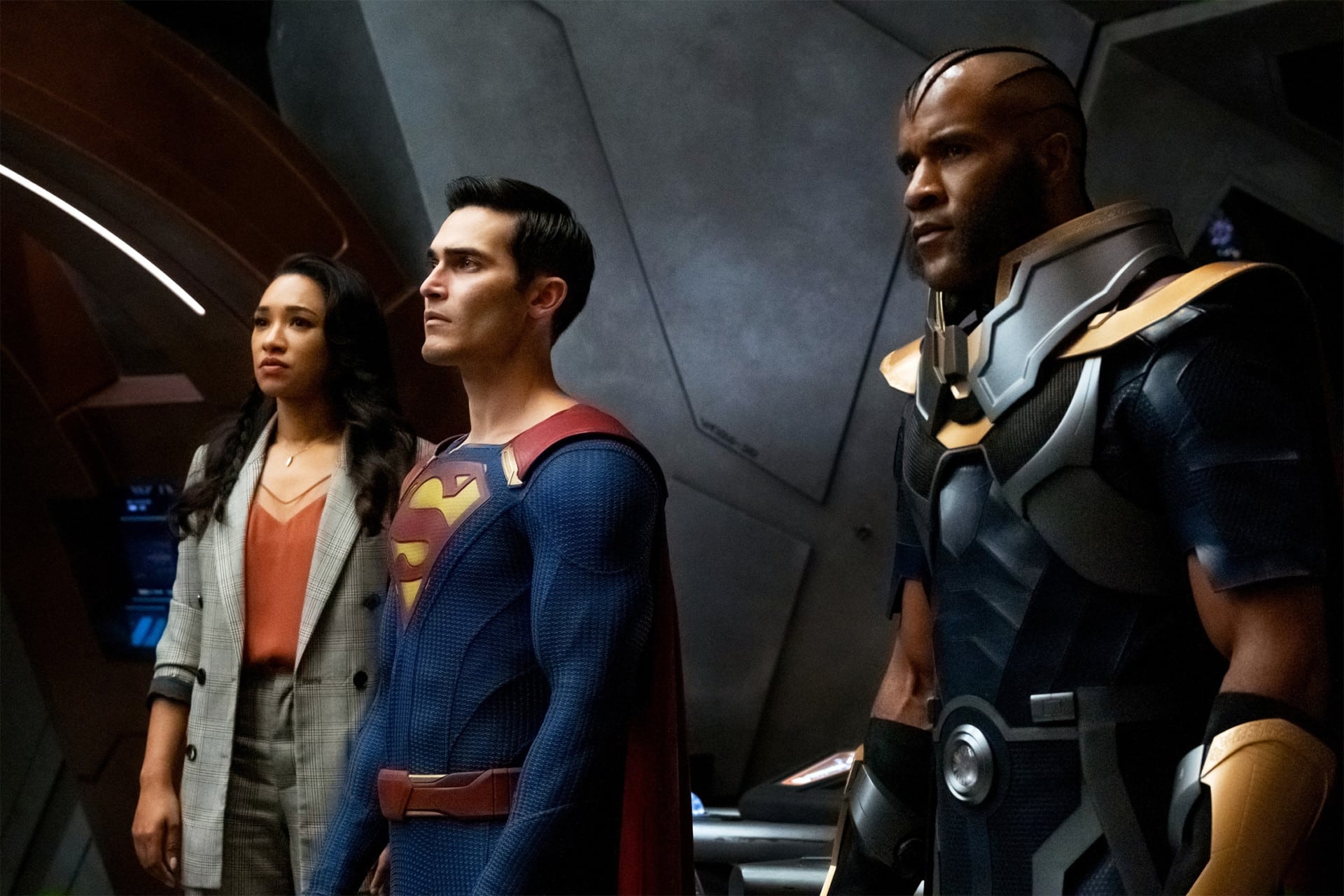
A lot of comic book discussion is rooted in the idea that there is a “right” way to approach characters like Superman, often rooted in nostalgia for a particular interpretation – the Richard Donner and Christopher Reeve version exerts a heavy gravity. In truth, characters are constantly changing and evolving. Batman has benefited from that flexibility, from The Animated Series to The Dark Knight.
Even with Marvel characters, the more interesting things were happening outside the supervision of Marvel Studios. Spider-Man: Into the Spider-Verse was a breath of fresh air and largely driven by Sony. Logan didn’t just exist outside of continuity with the MCU, but also outside of continuity with the other X-Men films at Fox, and it was not diminished by that in the slightest. Legion was likewise a delight.
As Crisis on Infinite Earths understands, there is something to be said for messiness and diversity of interpretation, of a willingness to try new things with existing characters and to find new angles through which they might be explored. After all, DC has been interpreting its characters through a variety of different media and lenses for about 80 years.
Superman first burst out of the page with a radio show in 1940, which introduced the concept of kryptonite and pitted the character against the Ku Klux Klan. Batman starred in a horrifically racist film serial and its sequel. That was just the beginning. The characters have bounced between media — film and television, live action and animation — for decades in a variety of forms.
These iterations are all dramatically different from one another. Compare the high camp of ‘60s Batman against the Gothic stylings of Tim Burton’s Batman, the wholesome superheroism of Richard Donner’s Superman against the super-soap-operatics of Lois & Clark: The New Adventures of Superman, the goofy fun of Shazam! with the heavier New Hollywood aesthetic of Joker.
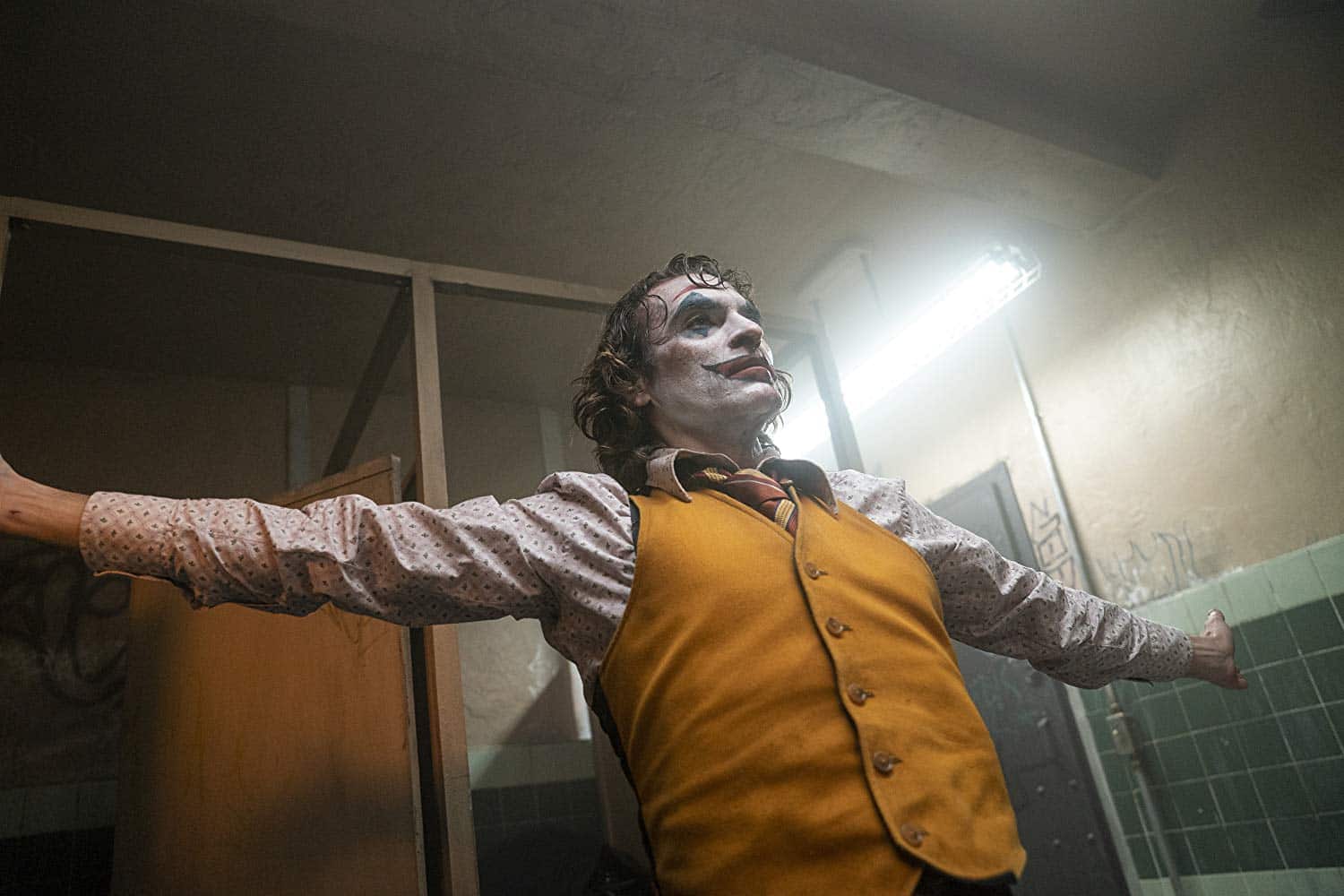
Obviously, quality varies from one project to the next. More than that, different fans respond to different projects in different ways. However, there is demonstrably a larger gap between, say, Batman Begins and Superman Returns than between Ant Man and Iron Man, because Ant Man and Iron Man are specifically designed to fit together.
The television adaptation of Crisis on Infinite Earths understands this. It is saturated with references and cameos from iterations of DC adaptations that could never fit together like the jigsaw that is the MCU – Robert Wuhl appears from Tim Burton’s Batman, Burt Ward guests from the camp classic Batman, and Ezra Miller even pops over from Zack Snyder’s Justice League.
Crisis on Infinite Earths argues that these characters deserve celebration precisely because they cannot be integrated. The series features three major and distinct versions of Superman: Tom Welling from Smallville, Brandon Routh from Superman Returns channeling Kingdom Come, and Tyler Hoechlin from Supergirl. They are all Superman, in their own unique ways.
While the original comic book ended with the destruction of all of these worlds, consolidating them into a single mismatched continuity that began unraveling almost as quickly as it was forced together, the television event is a bit more optimistic. The event series ends with the restoration of a multiverse that includes shows like Doom Patrol, Lucifer, and Titans.
Crisis on Infinite Earths understands that there is no single correct or definitive take on these cultural icons, and that their strength is largely rooted in their flexibility and versatility. There is not “only one” approach to these characters, but instead an “infinitude” populating the darkness and “filling it with life.” The crossover ends with a montage celebrating “every existence multiplied by possibility.”
This feels like a fitting capstone for a celebration of the sheer limitless potential of comic book storytelling.


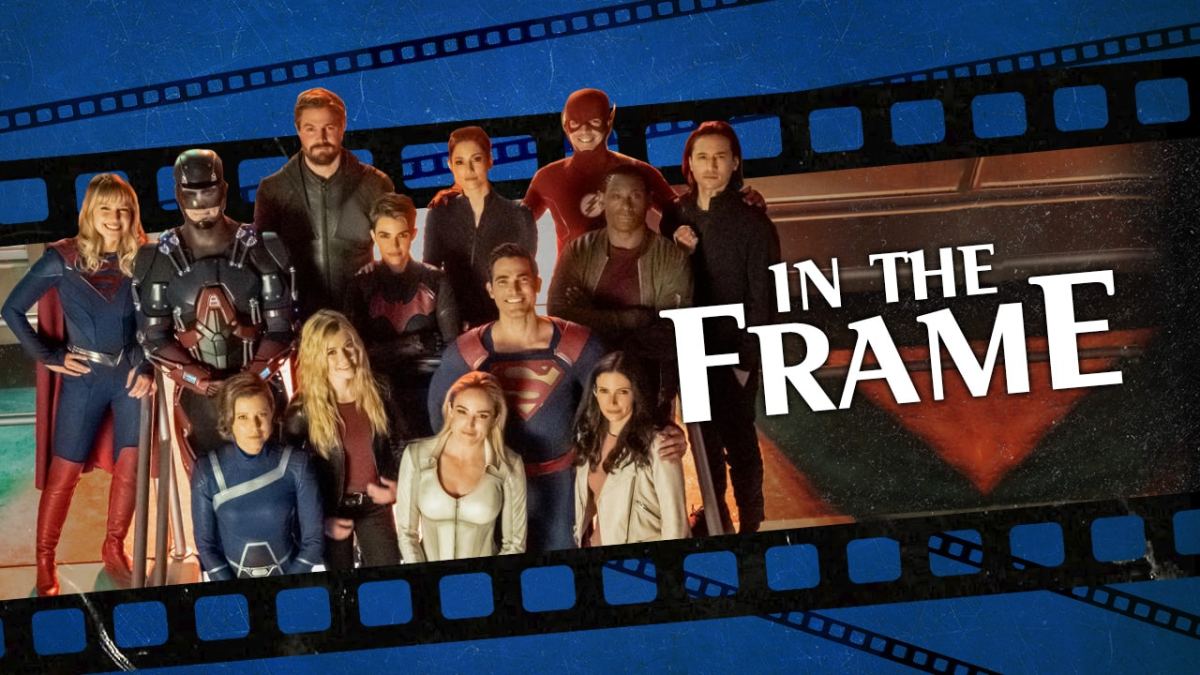




Published: Jan 27, 2020 11:00 am